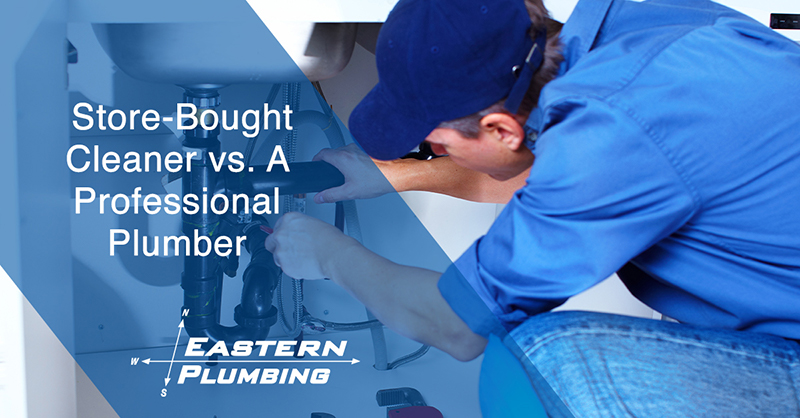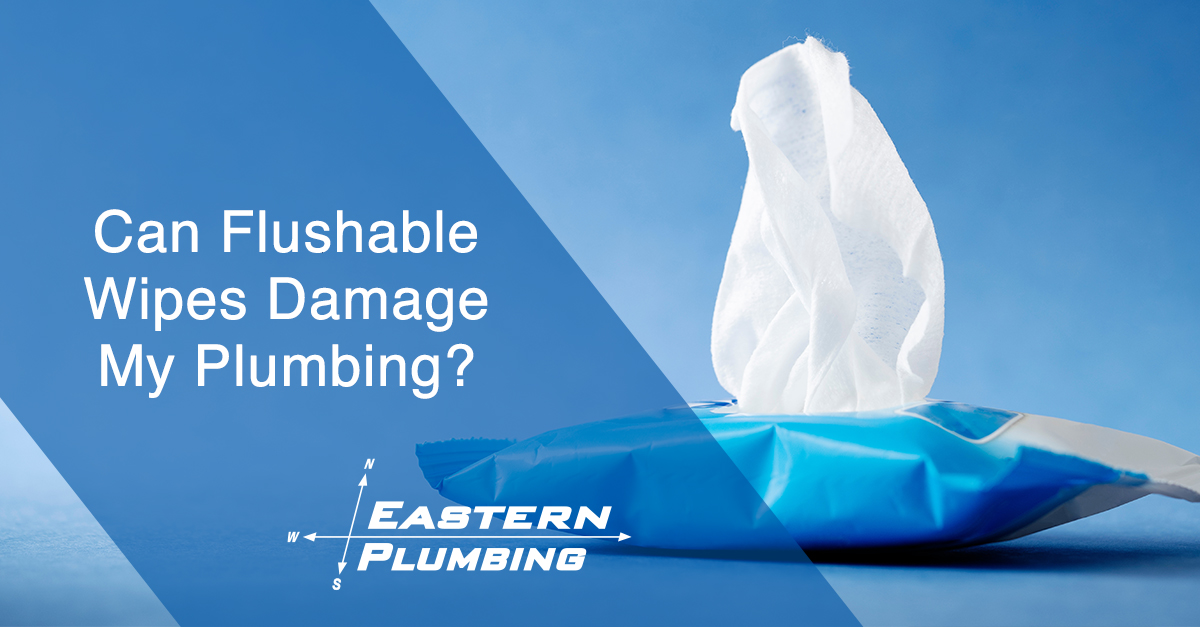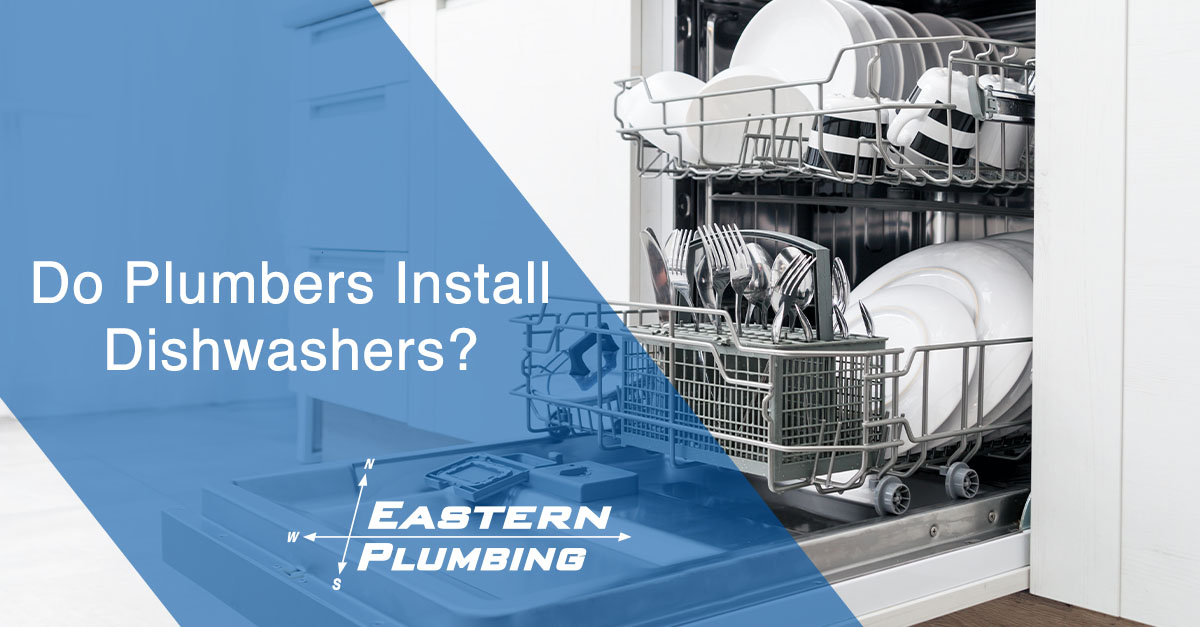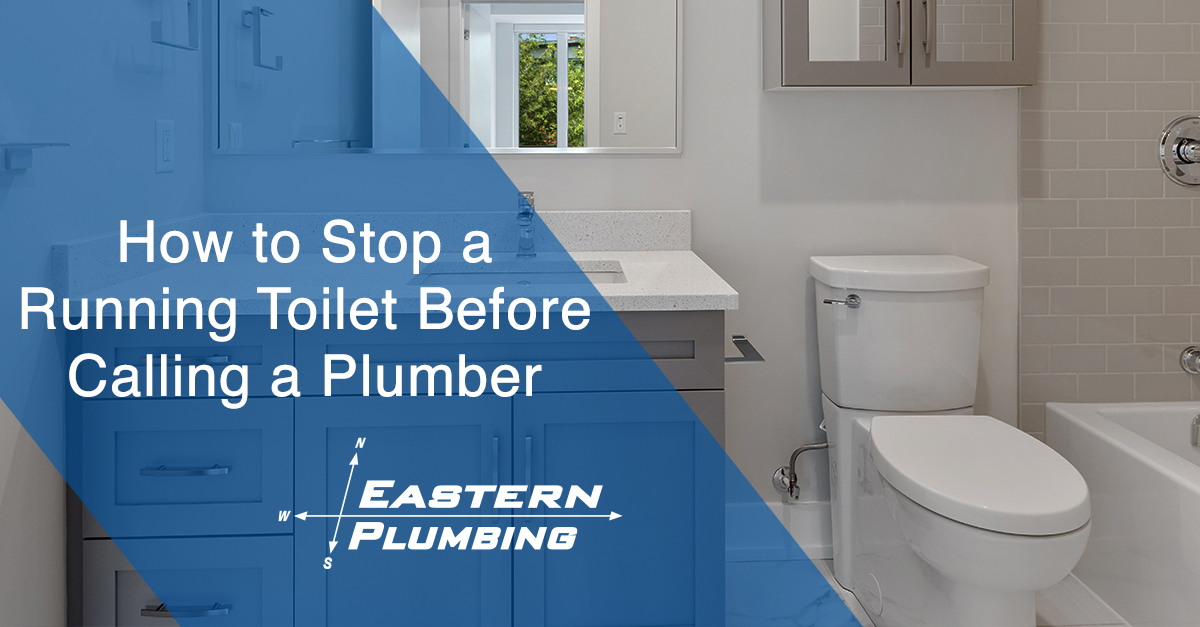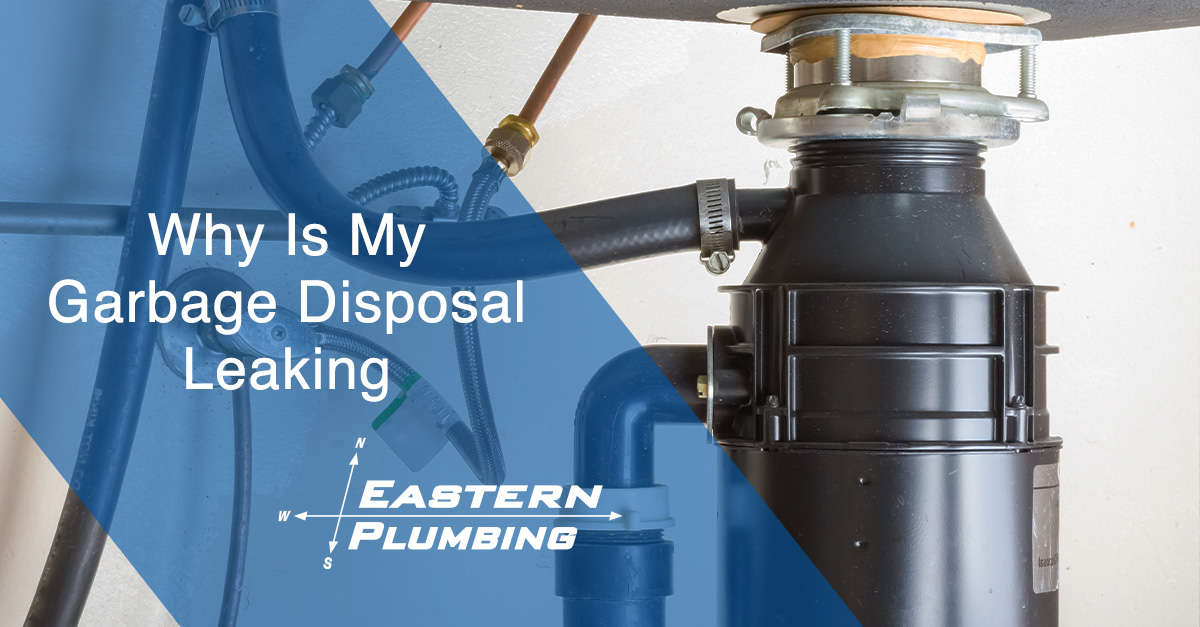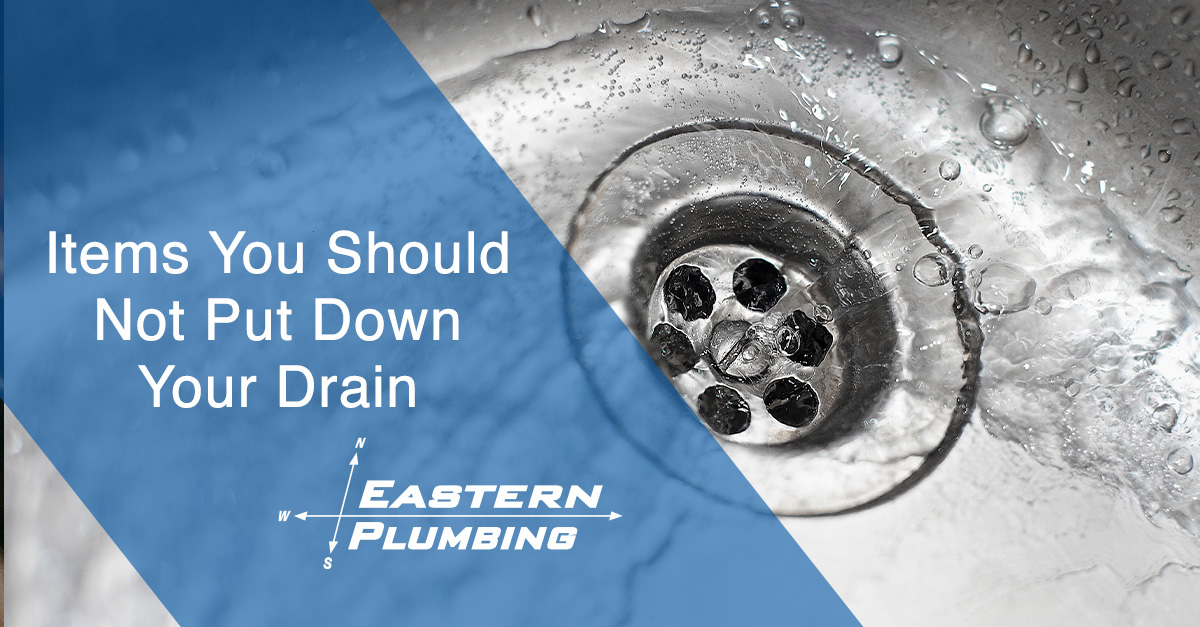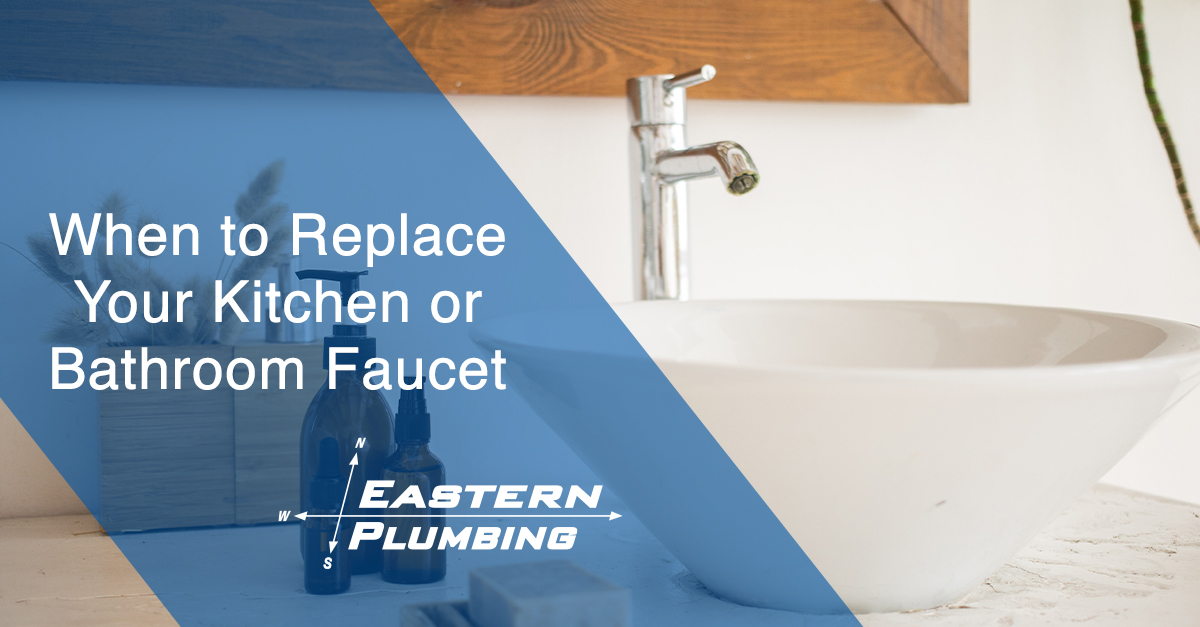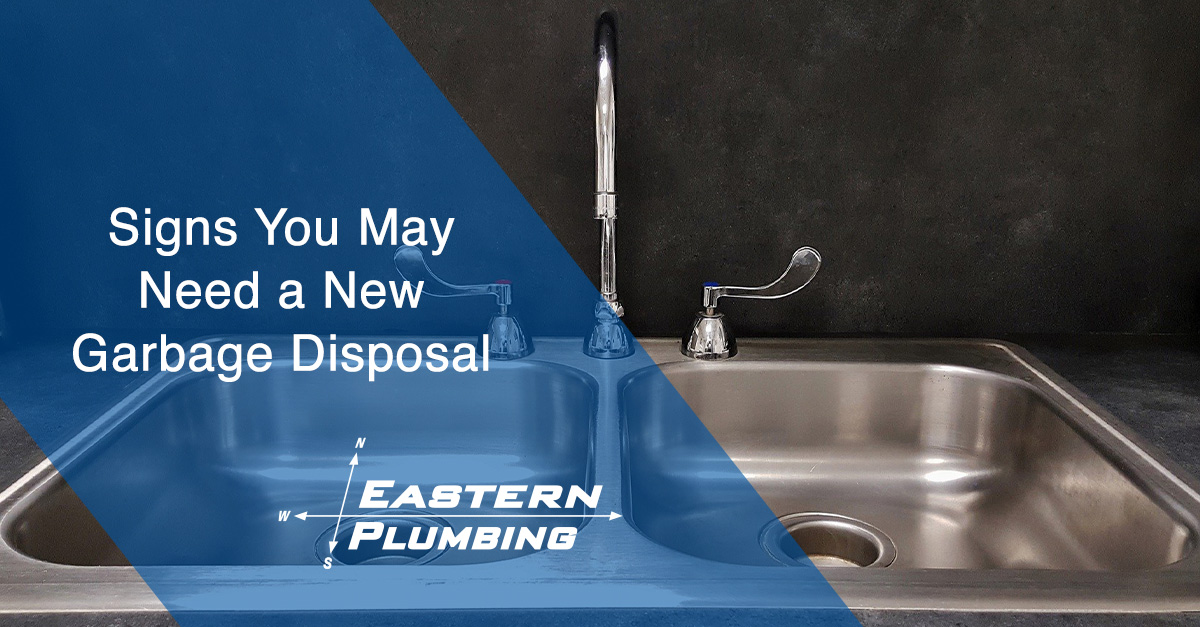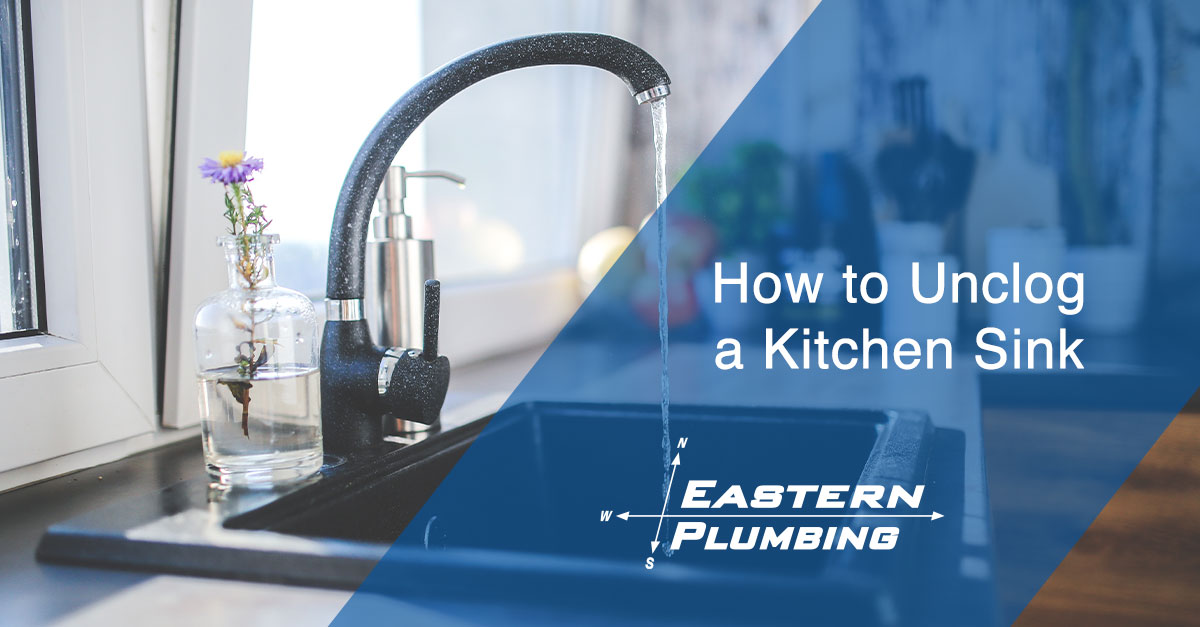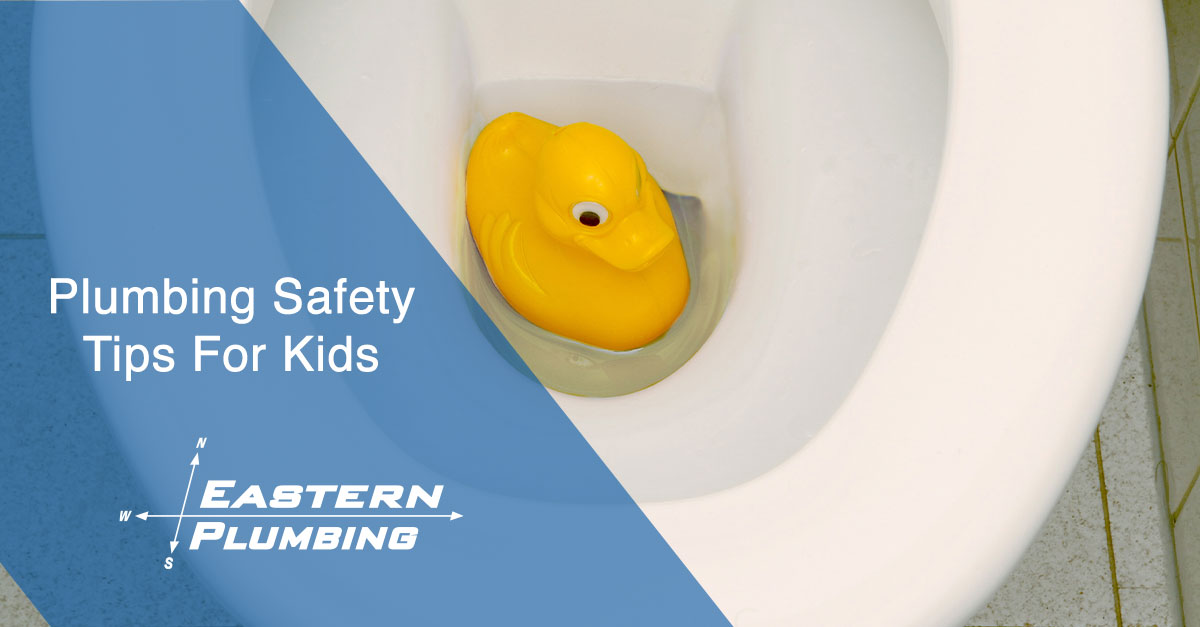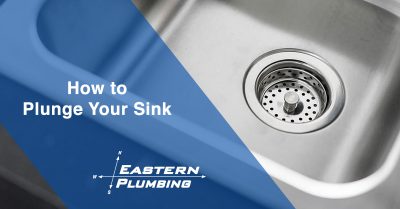Eastern Plumbing’s services can benefit both residential and commercial buildings. Every homeowner or business owner will eventually encounter an issue with either clean or septic water. That is why eastern plumbing provides services that keep water channeled where it needs to go. With services spanning from installation to repair, maintenance to piping systems, we can fix almost any issue you may encounter.
Our services
Replacements for Old Parts
Even when installed by a professional, toilets, faucets and pipes can suffer wear and tear from daily use. This damage, if ignored, can cause other issues with your property. For example, old pipes are prone to leaks, these leaks can easily go unnoticed and cause damage to your floors, walls and even your foundation! To avoid costly damage, call Eastern Plumbing for all of your part replacements and home water system checkup needs.
Homeowners should always be cautious of what they are putting in their drains to avoid clogging. However, no matter how closely you monitor your drains, dirt and debris can build up in your pipes and begin to clog. These clogs can result in foul odors or even leaks. It is essential to get your drains analyzed and cleaned regularly by a trained professional, like the team at Eastern Plumbing, to avoid further damage.
Inspecting Pipes
When experiencing plumbing issues, you may struggle to determine which pipe is causing your problems. In these situations, it may be necessary to hire a trained professional to inspect your pipes. Inspecting pipes can help determine which pipes are leaking, broken, old or may have a higher chance of bursting. After inspecting, the professional may find that some pipe connections need to be tightened while others need to be repaired. Inspecting your pipes save you from the headache of leaks, or pooling, while keeping your family comfortable and safe.
Modern technology and cameras have given plumbers the ability to see beyond walls, under floors and into plumbing systems. Eastern Plumbing utilizes the latest technology to provide quality service to all of its customers. Our plumbers use cameras to examine drain lines and sewers. This allows them to find blockages and leaks and make necessary repairs before issues escalate.
Installation, Repair and Replacement of Water Heaters
Water heaters are significant plumbing mechanisms that require a trained professional to perform repairs. Plumbing services on water heaters are especially crucial for those residing in multi-story buildings due to the number of pipes and heaters running to each living space. Water heater systems contain water pipes and electrical connections that can be very dangerous when handled by someone untrained.
Sink, Toilet and Faucet Installation
Installation of new or replacement of old toilets, faucets and sinks are crucial to a healthy and happy home. All home plumbing units should remain clean and contain properly functioning equipment.
- Regular cleaning and repairs to kitchen faucets and drains can keep germs and harmful bacteria from backing up into your sink.
- Toilet replacement and maintenance can keep septic water from coming back up your pipes.
- Replacing leaky faucets can save money by reducing your water bill.
All of these can be made possible with the help of a professionally trained plumbing company.
Even with proper maintenance, plumbing emergencies can still happen. That is why Eastern plumbing is here for you through pipe bursts, clogging and leakages. Our speedy repairs can help you avoid further damages and save you money. We are available 24/7 and can help you keep your plumbing in top shape.
Routine Plumbing Maintenance
You do not have to have a problem to give your pipes a checkup. During routine maintenance, your plumber will check to ensure all of your plumbing is operating properly. After your plumber’s analysis they will highlight their results in a checklist. Some of the items on the list may include leaks, testing fixture valves, corrosion, water pressure, inspection of joint and pipes, corrosion and more. A regular inspection can help you understand the state of your home plumbing.
Sewer Lines and Water System Management
When you purchase a home, hire a professional to check and ensure that your sewer system and water lines are working properly. A water efficient system can help save you money and proper sewage drainage can help keep your home healthy and safe.
At Eastern Plumbing, we pride ourselves on providing professional maintenance, installation and upkeep. Our background checked; trained plumbers use advanced technologies to help you with all of your plumbing needs. Call us today at 252-758-7579.

